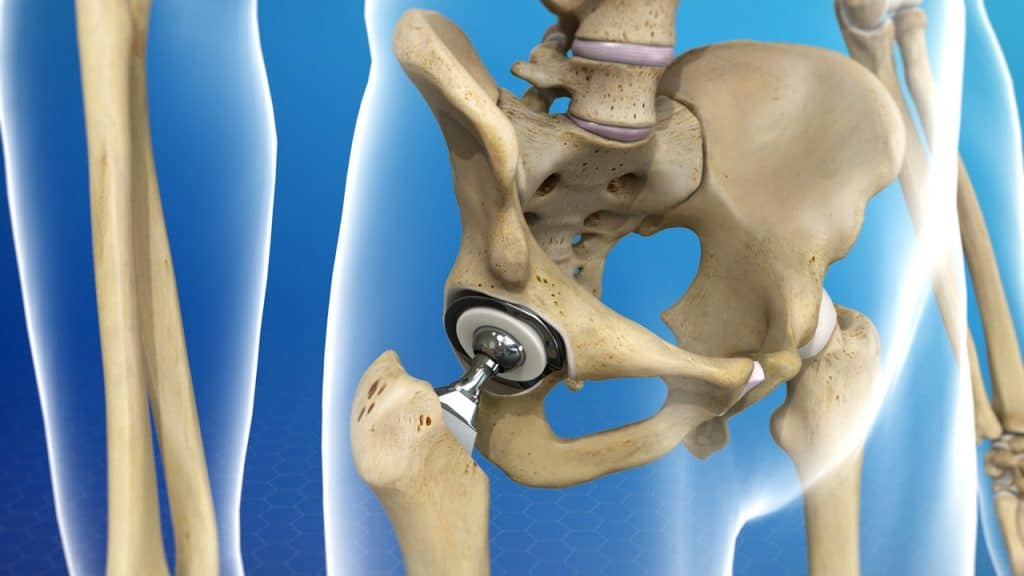
Knee Replacement Facts You May Not Know
Americans get new knees at a rate of more than 600,000 per year. If you’re one of the many thousands of people planning on knee replacement surgery, consider these fun and helpful facts about knee replacement age requirements, surgical prep, costs, and recovery.
1. Knee replacement surgery is highly successful.
In fact, total knee replacement is one of the most successful surgeries in all of medicine. That’s according to the American Academy of Orthopaedic Surgeons. Advancements in implants and surgical techniques is a main reason. For knee recipients, it almost always means relief from knee pain and dysfunction.
2. Knee replacement has no absolute age restriction.
A knee replacement can improve quality of life when your knee is damaged or diseased. Common causes of these knee problems include arthritis and knee injuries. While these conditions tend to affect older adults, younger people can suffer with them too. Most people who get knee replacements are between the ages of 50 and 80. However, the average age has decreased from 68.9 years in 2000 to 66.2 years in 2010. Knee replacement can also be effective for young people with juvenile arthritis and much older people with osteoarthritis.
3. Knee replacement tends to be easier when you prepare for it.
When you take time to prepare for knee replacement, it can really help your healing and recovery. People who are overweight should try to drop some extra pounds prior to surgery. Lightening the load on your new knee will reduce stress on it as it heals. Everyone should take the time to prepare their home before surgery. It will improve safety and comfort once you are home. Take up rugs and other tripping hazards, such as cords. Install grab bars, high toilet seats, and a shower bench in your bathroom. Set up a first-floor living and sleeping area and locate essentials within easy reach.

4. Some knee replacements are minimally invasive.
As techniques have improved, doctors have developed minimally invasive knee replacements. This means doctors can perform total knee replacement using smaller incisions than traditional surgery. Doctors can also perform the replacements robotically which gives even more precision to the surgery with less tissue disruption. People who have this type of surgery tend to have less pain and a faster recovery. The best candidates for this surgery are young, thin and healthy. They also need a strong dedication to rehabilitation. Ask your doctor if minimally invasive knee replacement is an option for you.
5. Knee replacement recovery can be long.
Most people are able to return to normal daily activities after about six weeks of recovery. This includes household activities, work, and driving. Until then, you will need a lot of help, particularly during the first two weeks after surgery. You will gradually add more activities and gain stamina after six weeks. Full recovery and a return to strenuous activities can take several months.
6. Knee replacement recovery involves a lot of walking.
Walking may sound like the last thing you want to do after a knee replacement. But it’s really one of the best things you can do to help your knee heal and regain motion. In fact, you won’t be able to go home until you can use a walker or crutches to walk on your own. Once you are home, walking will be part of your daily rehab program, along with knee exercises. As you gain strength, you will begin walking outside for longer and longer distances. Walking after you have recovered will help maintain the strength and stability of your knee.
7. Most health insurance plans cover knee replacement.
Knee replacement cost is often a concern for people considering the surgery. Health insurance usually covers medically necessary knee replacement. This is true for Medicare and Medicaid as well. Your doctor’s office is used to working with insurance companies. The staff can help you file all the proper paperwork before surgery. You can find out how much money to set aside by calling your insurance provider. They can tell you what your out-of-pocket costs will include. You may have copays, deductibles or co-insurance.
8. Knee replacements are life changing.
Most people have a better quality of life after a knee replacement. You can look forward to returning to your active life and leaving pain behind. Keep in mind other changes are also likely. Your new knee may feel or sound different, which is normal. Kneeling may be uncomfortable, although it won’t harm your knee. However, high-impact activities can be harmful. Your doctor may suggest finding new activities if you are a runner or play sports involving jumping or rough contact.
9. Knee replacements are long-lasting solutions.
Knee implants have mechanical components. Like anything of this nature, wear and tear can affect them. However, more than 90% of knee implants will last at least 15 years or more. Some will last much longer. You can help extend the life of your implant with some simple steps. Maintain a healthy weight to decrease stress on your implant. Avoid high-impact activities to protect it from damage. Stay active and get regular exercise to strengthen the muscles that support and stabilize your knee. You also need to schedule regular visits with your orthopaedic surgeon to monitor the implant.





